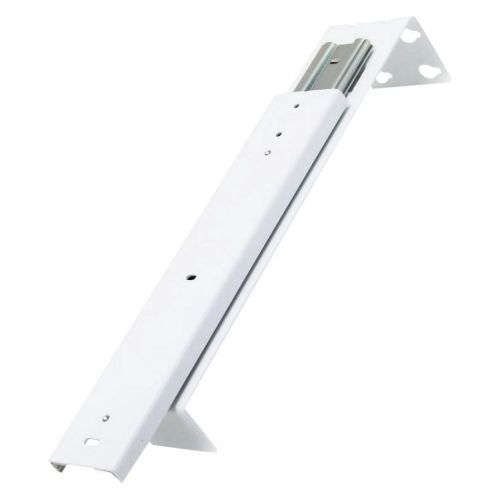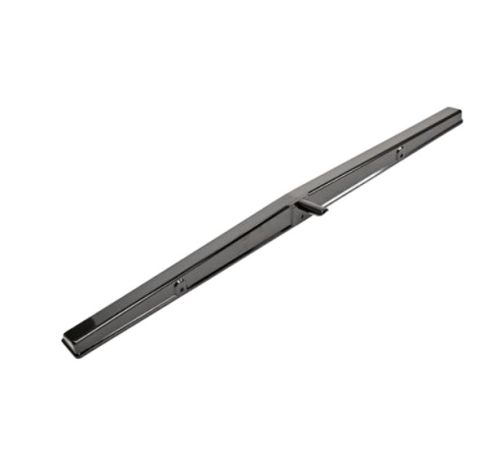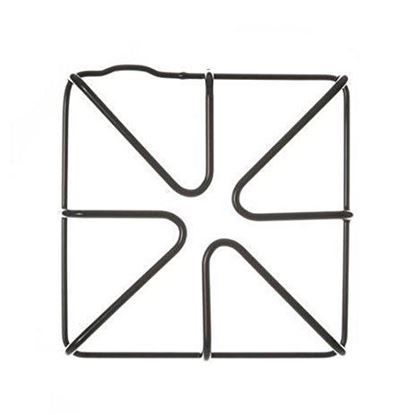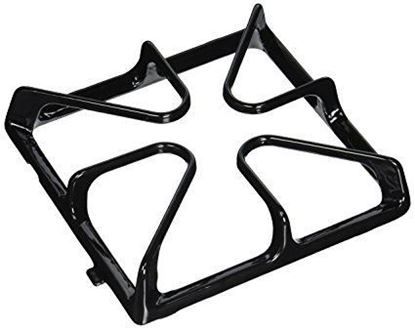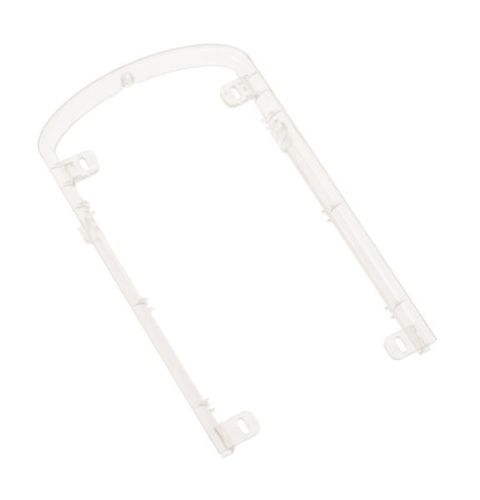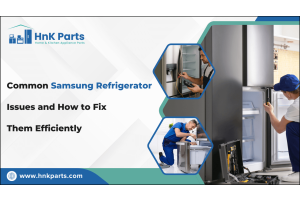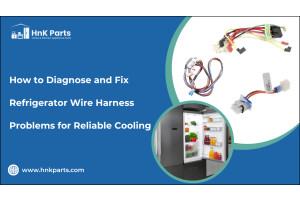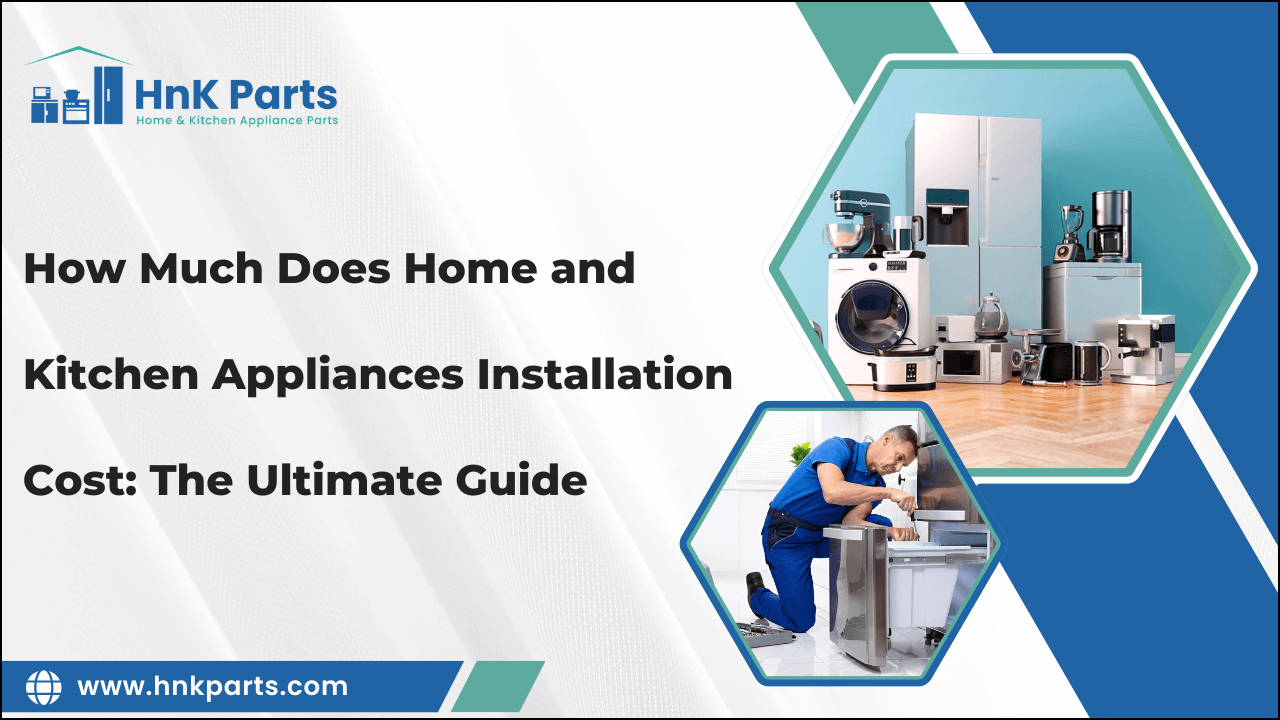
How Much Does Home and Kitchen Appliances Installation Cost: The Ultimate Guide
In today’s modern homes, professional installation of home and kitchen appliances isn’t just a luxury; it’s a necessity for ensuring optimal performance, safety, and long-term durability. With technology advancing rapidly, appliances like dishwashers, ovens, and refrigerators are more complex than ever, often integrating smart features and requiring precise connections to plumbing, electrical, or gas lines. Relying on a trained installer helps protect your investment and guarantees that each appliance meets manufacturer specifications and local codes.
Understanding installation costs is key to budgeting for your next home upgrade. Several variables influence these expenses, including the type and size of the appliance, labor rates in your region, electrical or plumbing requirements, and any specialized needs dictated by the appliance brand or your kitchen layout. In this guide, we'll explore the most significant factors affecting installation costs, provide average price ranges for major appliances, and offer practical tips for saving money without compromising on quality.
Key Factors Affecting Home and Kitchen Appliance Installation Cost
Every appliance installation comes with its own set of challenges, affecting both the process and the price tag. From the type of appliance you select to pre-existing home infrastructure, these elements all influence your final installation bill.
Type and size of the appliance
-
The nature and dimensions of your appliance play an immediate role in the complexity of the installation.
-
Larger or more advanced units, such as double-wall ovens or smart refrigerators, may require reinforced cabinetry or specialized connections
-
The installation of these units is typically more labor-intensive compared to basic or compact models.
Electrical, plumbing, or gas line requirements
-
Proper hookup to electrical outlets, plumbing, or gas lines is a crucial cost driver.
-
For example, gas ovens need certified professionals to manage gas lines, while dishwashers and washing machines must be connected correctly to existing water supplies and drains.
-
If you’re replacing an older appliance, make sure your home’s infrastructure supports the latest safety standards.
Brand-specific installation needs
-
Some brands have proprietary connections or unique features that require manufacturer-certified installers.
-
These can include smart integration, brand-specific mounting hardware, or custom trims.
-
While these features can enhance appliance performance, they may add to the baseline installation cost.
Location and accessibility
-
Kitchen layout and accessibility are not to be overlooked. Tight spaces, upper-floor installations, or unique cabinetry configurations often involve additional labor hours.
-
Wall mounting, like for a flat-screen TV or a microwave, can further complicate the project, raising costs due to specialized brackets or reinforcement.
Professional vs DIY installation
-
While opting for DIY installation might seem appealing for saving costs, professional installation comes with warranties, proper tools, and adherence to safety codes.
-
Mistakes in self-installation can lead to additional expenses or void warranties if not done correctly.
Average Installation Costs for Major Home & Kitchen Appliances
Installation costs can vary substantially by appliance type and complexity. Knowing the average cost range for each appliance helps set realistic expectations and avoid unwanted surprises.
|
Appliance Type |
Typical Cost Range |
Description |
Additional Costs |
|
Stove & oven installation |
$150–$500 |
|
|
|
Dishwasher installation |
$200–$450 |
|
|
|
Refrigerator installation |
$100–$400 |
|
|
|
TV installation |
$150–$600 |
|
|
|
Dryer installation |
$120–$350 |
|
|
|
Washing machine installation |
$100–$300 |
|
|
Hidden or Additional Expenses You Should Know About
The price quoted for appliance installation may not tell the whole story, certain supplemental fees regularly come into play. To avoid surprises, plan for these extra expenses that could be part of your total bill.
-
Delivery and haul-away fees: Many retailers charge extra for delivery and for hauling away your old appliance. These fees can range from $30 to $150 depending on your location and the item being removed.
-
Permits: Major installations, especially those involving gas or electrical work, often require a permit from your local municipality. The costs vary based on where you live and the scope of the job but generally add $50–$150 to the total project cost.
-
Custom cabinetry adjustments: If your new appliance doesn’t align perfectly with existing cabinets or counters, custom modifications may be necessary. Skilled carpenters can modify cabinetry, but this labor often adds $100 or more to your installation budget.
-
Extended Warranties or Protection Plans: Many homeowners opt for extended warranties that cover both appliances and installation workmanship. it also increases up-front costs, with protection plans running $50–$250 per appliance.
DIY vs. Professional Installation: Which Is Better?
Homeowners often debate between rolling up their sleeves or hiring pros for appliance installation. Each approach comes with distinct advantages and drawbacks you should weigh carefully.
Pros and cons of DIY installation
-
DIY installation can save you labor costs and provide a sense of accomplishment. Online tutorials and manuals make the process approachable for basic plug-in appliances.
-
However, installations involving plumbing, gas lines, or electrical modifications pose risks, mistakes can lead to flooding, leaks, or safety hazards.
Safety, warranty, and reliability
-
Many manufacturers require professional installation to keep warranties valid. A certified installer ensures appliances are set up safely and according to code, minimizing the risk of future issues
-
Over time, a proper installation can also mean fewer breakdowns and repairs, safeguarding your investment.
Protect Your Home Appliances: Proven Tips to Avoid Dangerous Accidents
Smart Ways to Reduce Your Home and Kitchen Appliances Installation Cost
Smart planning can make a noticeable difference in installation costs without sacrificing professionalism or safety. Here are strategies to ensure you get the best value.
-
Bundle multiple installations: Installers often offer discounted rates when you schedule multiple appliances at once. Bundling can save you both money and time, especially during kitchen or laundry room renovations.
-
Schedule during promotions or retailer offers: Keep an eye on seasonal promotions or special deals from big box stores and local contractors. Major holidays often feature reduced or even free installation events.
-
Compare licensed contractors: Always obtain at least three written quotes from licensed and insured professionals in your area. Comparing bids helps you get a fair price and a feel for each installer’s reputation.
-
Check manufacturer-certified installers: Many leading brands have lists of factory-certified installers. These pros are specifically trained on your appliance models and are often the best choice for intricate or high-value appliances.
2025 Kitchen Trends: Must-Have Luxury Appliances for the Modern Home
Investing in professional installation for your home and kitchen appliances pays off in efficiency, safety, and the lifespan of your equipment. The initial cost is a smart investment that can prevent future problems and support warranty protection.
Before you commit, always compare installation quotes, look for certified or well-reviewed professionals, and ensure your installer understands both your appliance and your space. Smart preparation and professional help will keep your home running smoothly for years to come. HnK Parts offers a wide range of stove & oven parts, dishwasher parts, refrigerator parts, washing machine parts, and dryer parts from top brands to keep your appliances running smoothly with same-day shipping.
References:
https://www.eia.gov/outlooks/aeo/assumptions/pdf/RDM_Assumptions.pdf
https://www.energy.gov/sites/default/files/2024-01/cooking-products-ecs-dfr.pdf
FAQs
Do appliance installation services include the removal of old units?
In most cases, yes. Many installers offer old appliance removal for an added fee or include it as part of a premium installation package. Always confirm before scheduling.
Are installation costs covered under the appliance warranty or insurance?
Typically, no. Manufacturer warranties cover defects and repairs, not installation fees. However, some retailers offer discounted installation when buying extended protection plans.

